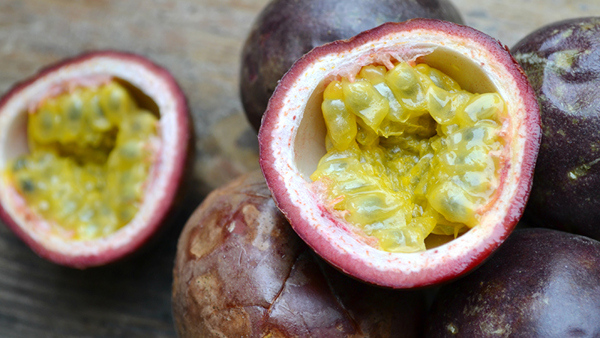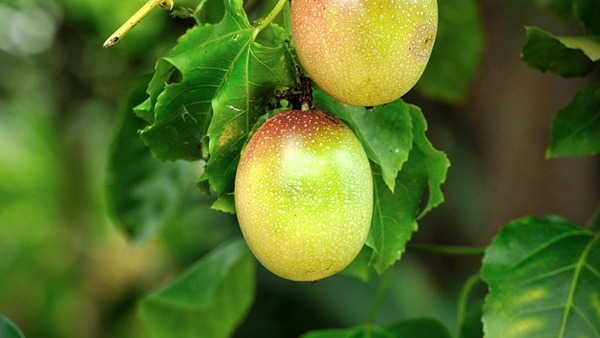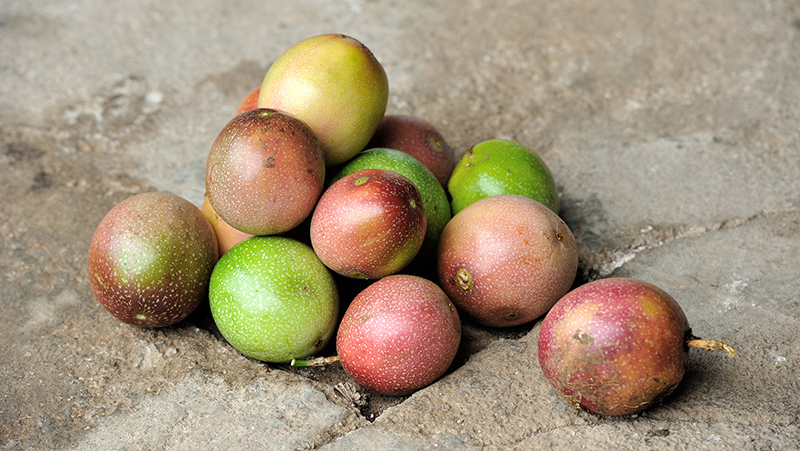Yates Account
Join now
Create a Yates account today!
Sign up to join the Yates Garden Club for monthly e-mails packed with seasonal inspiration, tips for success & exclusive promotions.
Plus if you’re a Garden Club member you can take part in the Yates Growing Community - a blog to share successes, get advice & win prizes in fun challenges along the way!

Forgot password
Enter the email address associated with your account, and we'll email you a new password.

How to grow Passionfruit in a garden
- Choose a sunny spot with well drained soil. Enrich the soil with Yates Dynamic Lifter Organic Plant Food. If the soil is clay based, improve soil structure by adding gypsum and forking in well. In poorly drained areas, citrus can also be planted in a raised mound of free-draining soil.
- Dig the planting hole twice as wide and to the same depth as the root-ball. Remove the plant from the container, gently tease the roots and cut away any circled or tangled roots.
- Position in hole and backfill with soil, gently firming down. Form a raised doughnut shaped ring of soil around the outer edge of the plant's root zone. This helps keep water where it's needed. Always water in well after planting to settle the soil around the roots and keep the soil moist for several weeks while the new plant establishes.
- Mulch around the base with organic mulch like woodchip or pea straw, keeping it away from the trunk.
- Water deeply, once or twice a week, depending on weather conditions.
- During the growing and flowering/fruiting season, feed with Yates Thrive Citrus & Fruit Granular Plant Food. TIP: for an added boost during the flowering/fruiting season, apply Yates Thrive Natural Citrus & Fruit Plant Food Concentrate.


How to grow Passionfruit in a pot
Passionfruit can be grown in large pots as long as there is a strong support structure, such as a fence or trellis that they can grow over.
- Choose a pot at least 500mm wide - the larger the better. Position in full sun and fill with quality potting mix, such as Yates Nature's Way Organic Citrus & Fruit Mix.
- Remove the plant from the container, gently tease the roots and cut away any circled or tangled roots.
- Position in hole and backfill with potting mix, gently firming down. Water in well.
- Water deeply, 2-3 times during the week, depending on weather conditions.
- During the growing and flowering/fruiting season, feed weekly with Yates Thrive Natural Citrus & Fruit Plant Food Concentrate.

Growing tips
-
If you’re having pollination issues, you can hand pollinate by taking the pollen (fluffy yellow powder) from one flower and dusting it onto the stigma (the centre of the flower). This is best done in mid-morning, when the flowers are fully open.
- Prune in early spring, removing up to one-third of last year’s growth, but leaving the major runners on your support system.
- Some varieties include:
- Panama Gold
- Panama Red
- Nellie Kelly
















Share
Share this article on social media